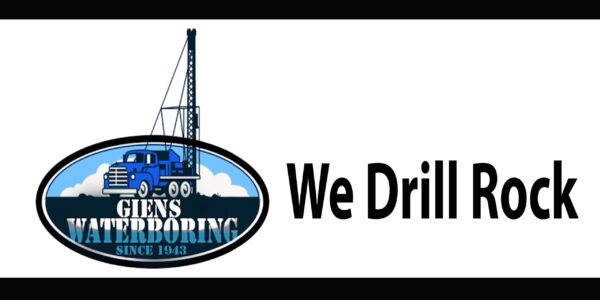
BOREHOLE DRILLING PROCESS
- Step 1: Borehole Siting: A water diviner or geologist determines with the use of hardware, survey maps and with local knowledge of the area, where the best spot to drill is.
- Step 2: Site Survey. This is to determine the best route for the drilling rig to enter the property and discuss the process with the client.
- Step 3: Quotation is given with an estimate of the geological formation. Number of meters required to drill in that area and number of meters of casing required in general for that area.
- Step 4: The drilling operation including the borehole clean out.
- Step 5: Yield test if required – this is usually only done if a small amount of water was found
- Step 6: Pump installation
- Step 7: Storage tanks, piping , booster pumps and irrigation depending on the requirements
- Step 8: Water Analysis- This is a requirement if you want to drink or cook with the water.
- Step 9: Filtration system designed and installed depending on the water analysis

How long does it take to drill a borehole?
It depends on the formation of the ground. If we encounter clay, sand, loose rock or large cavities we will need to reinforce the borehole. We do this with casing.
It takes longer to reinforce the borehole. This is the process if casing is required. The borehole needs to be reamed with a larger bit to make the borehole diameter bigger. We do this until we hit solid rock or in some cases where solid rock is too deep another solution is made if water is found.
Rock type can also make the drilling process faster or slower. Hard rock, abrasive rock and soft rock all drill at different speeds. The type of drilling also is changed from one formation to another, different bits might be used.
Special drilling fluid will also be used during the drilling process if required and is also used when cleaning out the borehole at the end of the drilling process. This can all add time to the drilling process.
Usually a borehole takes 1- 3 days depending on the conditions above
Casing
Casing is either steel or plastic
Steel casing comes in different thicknesses and diameters. width ranging from 2mm-6mm. Steel casing is welded together and often pushed down the borehole with the drilling rig
Plastic UVC casing also comes in different thicknesses. Width ranges from 6mm-12mm. Plastic casing is riveted and glued together and is gently manoeuvred down the borehole.
If required the plastic casing is lined or packed on the outside of the casing with crusher stone
Pump Installation
Depending on the amount of water found a correctly matched pump can be purchased, depending on depth of water , static and dynamic draw down head of water in the borehole after drilling.
Typical domestic and small scale commercial pumps range from 0.55KW, to 1.1KW
Bigger commercial holdings with larger water usage will need a 2KW -5KW pump
Farms and large scale commercial holding with large water usage can range up to 120KW pumps

Water Testing
A 3rd party labs test the water for mineral content , toxicology and biological formation like Ecoli
We offer a courier service were we collect a sample from you via courier and send it to the lab or you can find any SANSA approved lab online. You might need to take a sample into the lab n person.
After the water analysis comes back which can take up to 5 days you can design the filtration system.

Filtration System
In almost all domestic installations borehole systems will have a filtration system either to make the water safe to drink or to save equipment like sprinklers and pumps from failure.
Water analysis safe to drink – All you need is a sediment filter and depending on other factors possibly a carbon filter in combination
Water analysis not safe to drink but only used for irrigation – All you need is a sediment filter
Water analysis not safe to drink – You need a a sediment filter and carbon filter combination with a UV steriliser
Water analysis brackish water – Sediment filters and RO (reverse osmosis) system.

Tank and Booster Pump or Stand
Depending on the amount of water you require per hour or per day will depend on the pump type you have chosen. At the same time the tank is an important store of water besides for the water stored in the borehole. The tank size depends on the amount of water required both to save electricity and to store water if your borehole aquifer doesn’t provide enough water for your requirements. You can save electricity as your booster pump consumes less power than a submersible borehole pump or you can use a tank stand if allowed on your premises with no power requirement .
















